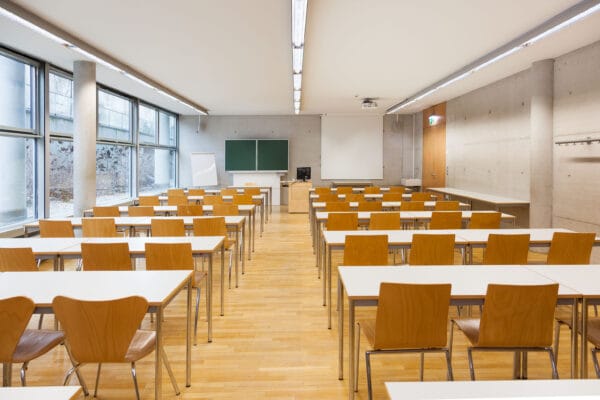
NAME:
SOWI - UR 3
BUILDING:
SOWI
FLOOR:
-1
TYPE:
Seminar Room
CAPACITY:
70
ACCESS:
Only Participants
EQUIPMENT:
Beamer, PC, WLAN (Eduroam), Overhead, Flipchart, Blackboard, Handicapped Accessible, LAN
Global warming is affecting alpine areas in a striking way, with recorded temperature increase larger than the global average. This causes the retreat of glaciers and the upward receding of permafrost. Either one of these effects in turn affects the stability of high mountain slopes and is responsible of rockfall and rock/ice avalanche events. While it is difficult to define the direct cause-effect relationship for any specific event, two general facts emerge: failures are becoming increasingly frequent, especially during particularly hot summer seasons, and they tend to concentrate within the altitude range affected by permafrost receding. In this paper, we describe the measurement station set up at Capanna Margherita hut (Punta Gnifetti, 4554m a.s.l., Monte Rosa massif), the highest mountain hut in the Alps, with the purpose of monitoring warming effects. Two boreholes were drilled, and multi-parametric geotechnical monitoring systems (DMS columns) were installed in them. Considering the climate-driven nature of potential failures, a comprehensive set of data is continuously recorded, including inclinometric, extensometric, piezometric, thermometric, and accelerometric measurements. Based on the monitoring data collected so far, the relationship between air temperature and underground temperature can be preliminarily assessed. Furthermore, the correlation between temperature and displacements is analysed. This sort of information is crucial for stability assessment and possible design of protection structures; furthermore it provides decision makers with guidelines for sustainable planning and management of high mountain structures.

We and use cookies and other tracking technologies to improve your experience on our website. We may store and/or access information on a device and process personal data, such as your IP address and browsing data, for personalised advertising and content, advertising and content measurement, audience research and services development. Additionally, we may utilize precise geolocation data and identification through device scanning.
Please note that your consent will be valid across all our subdomains. You can change or withdraw your consent at any time by clicking the “Consent Preferences” button at the bottom of your screen. We respect your choices and are committed to providing you with a transparent and secure browsing experience.